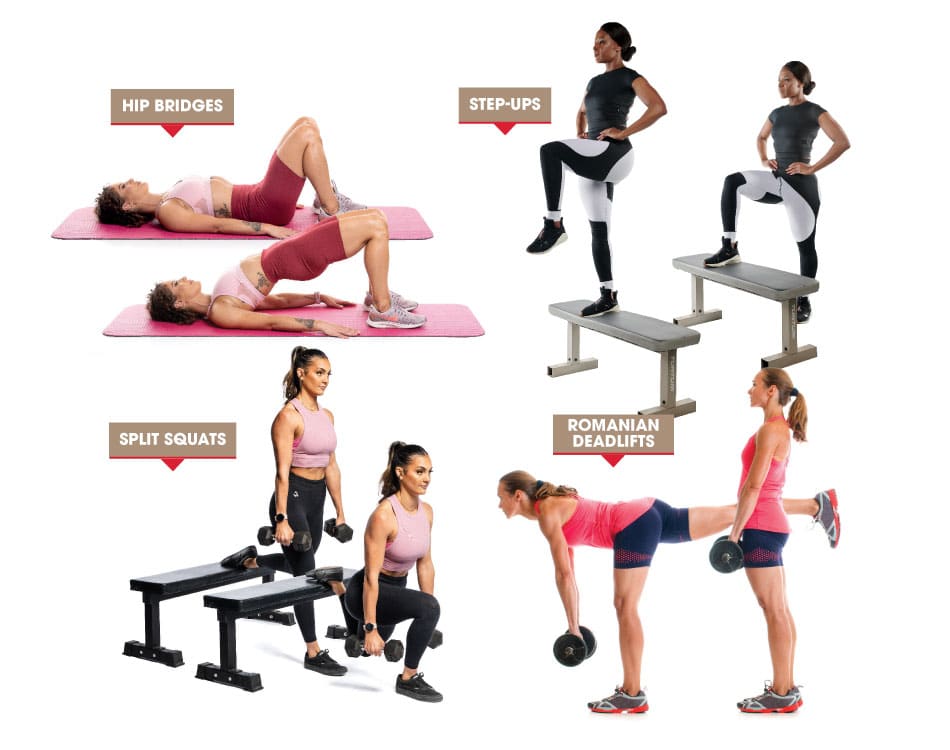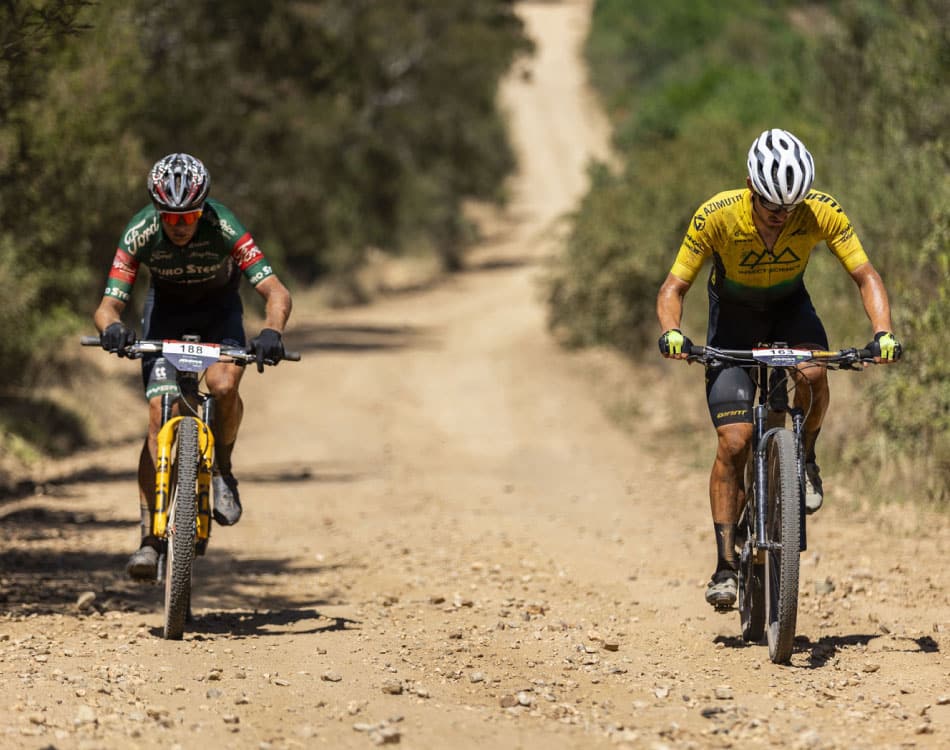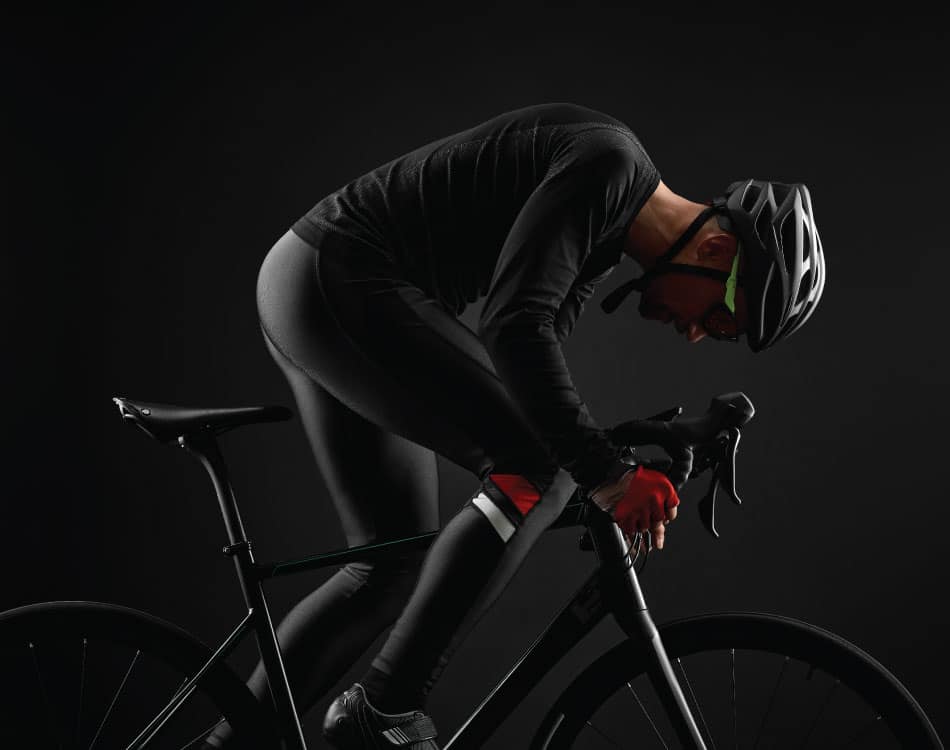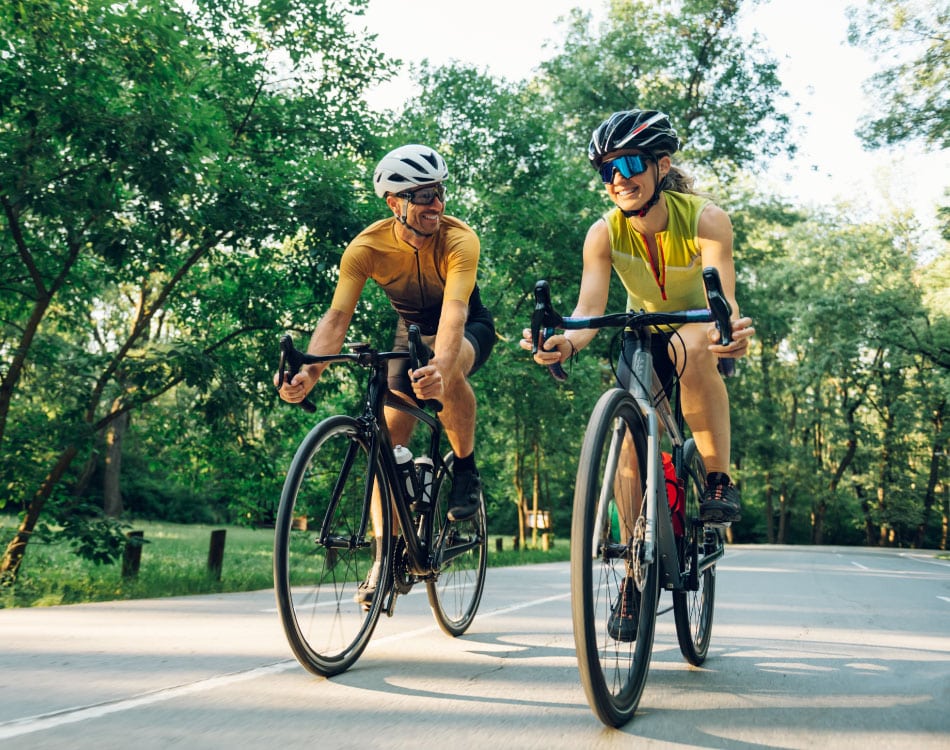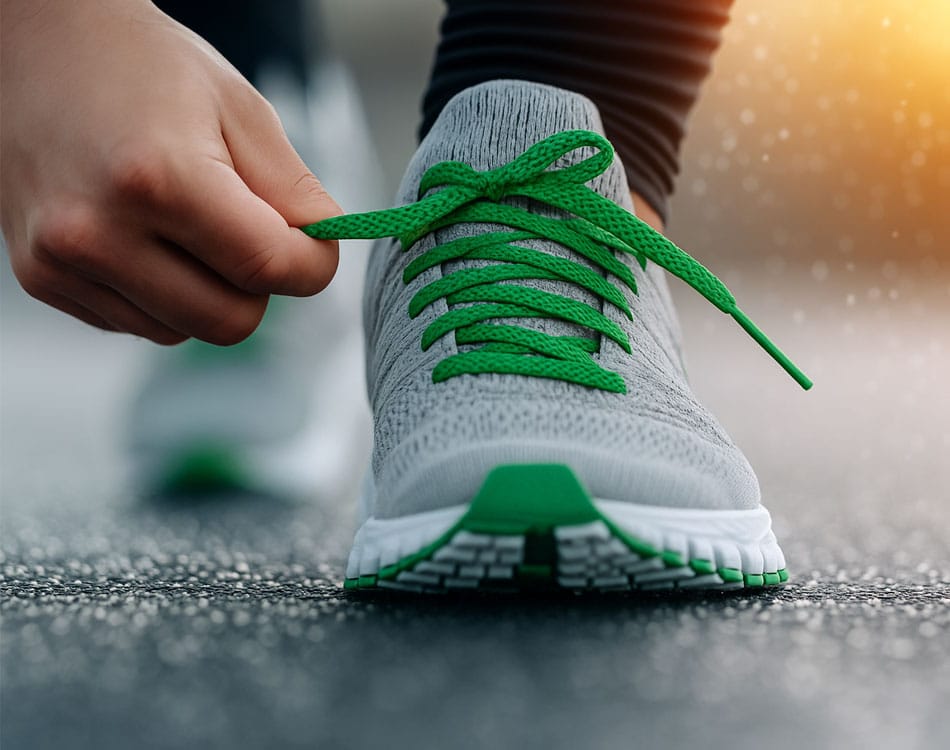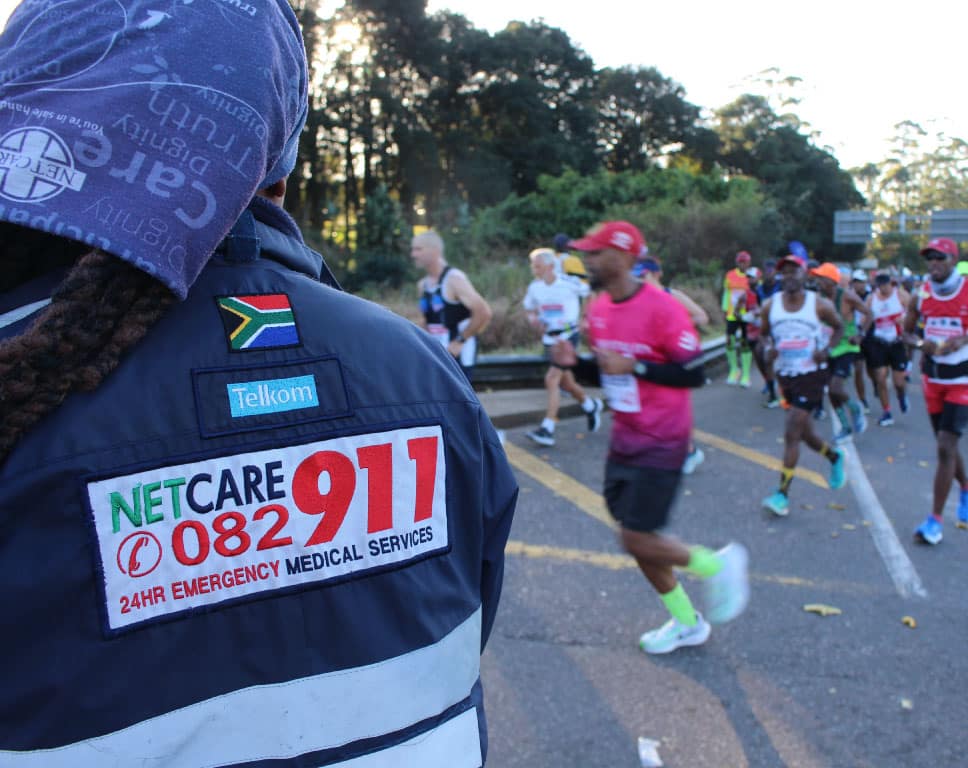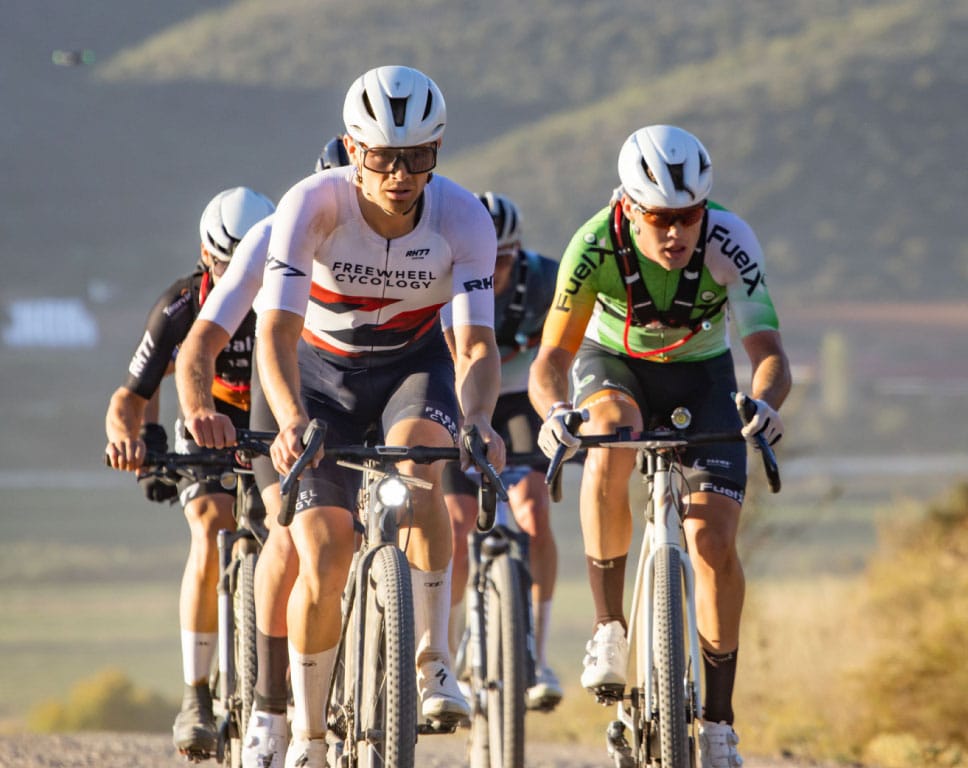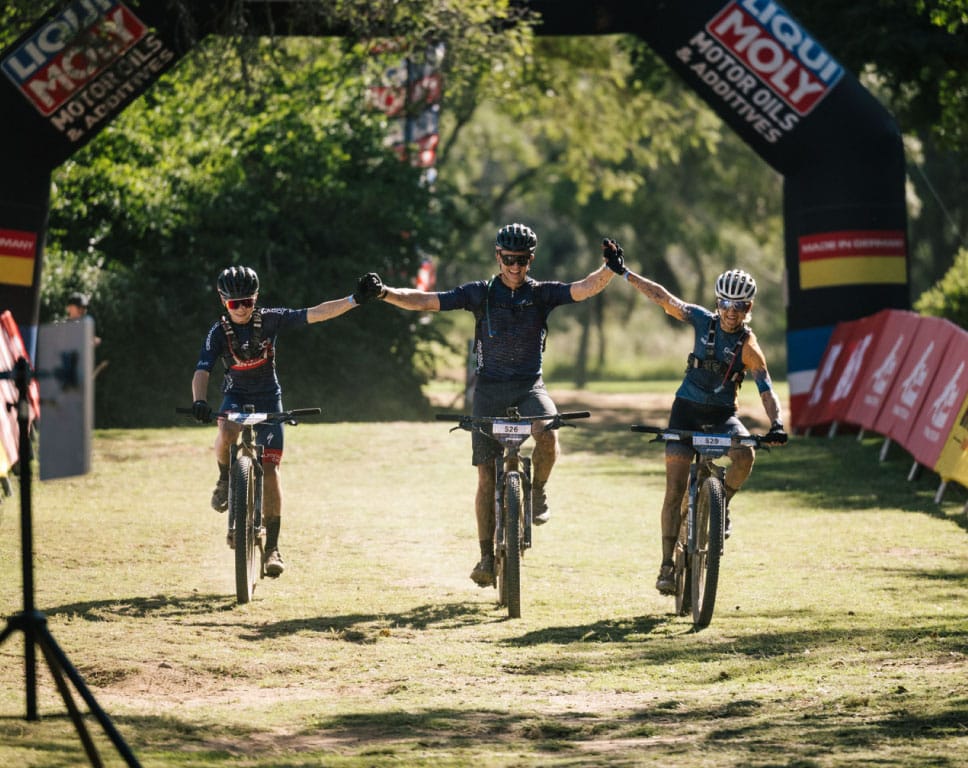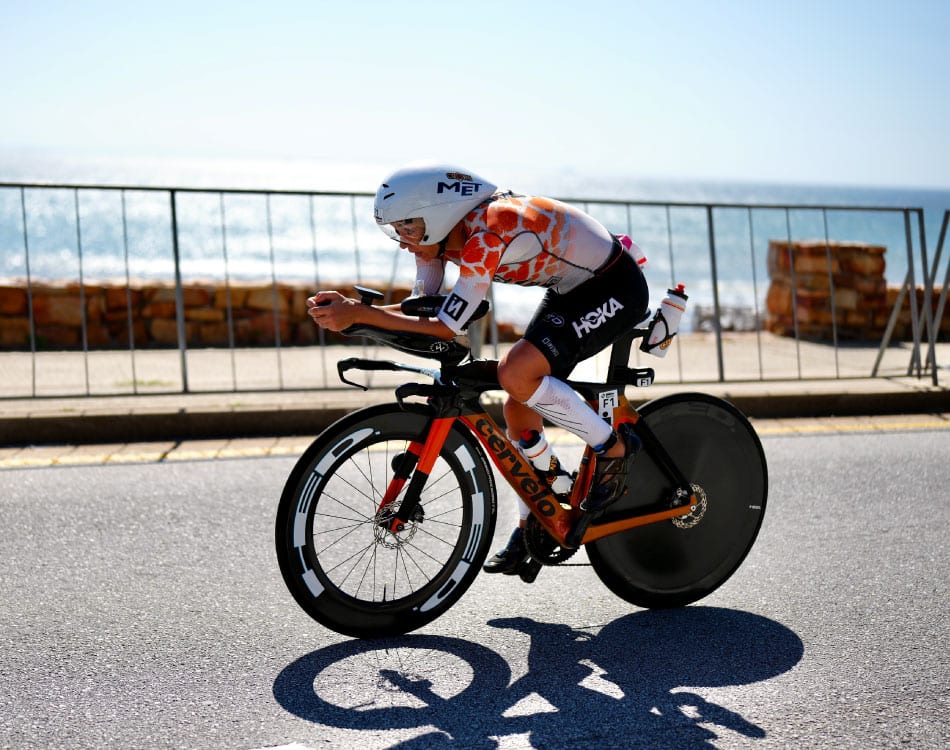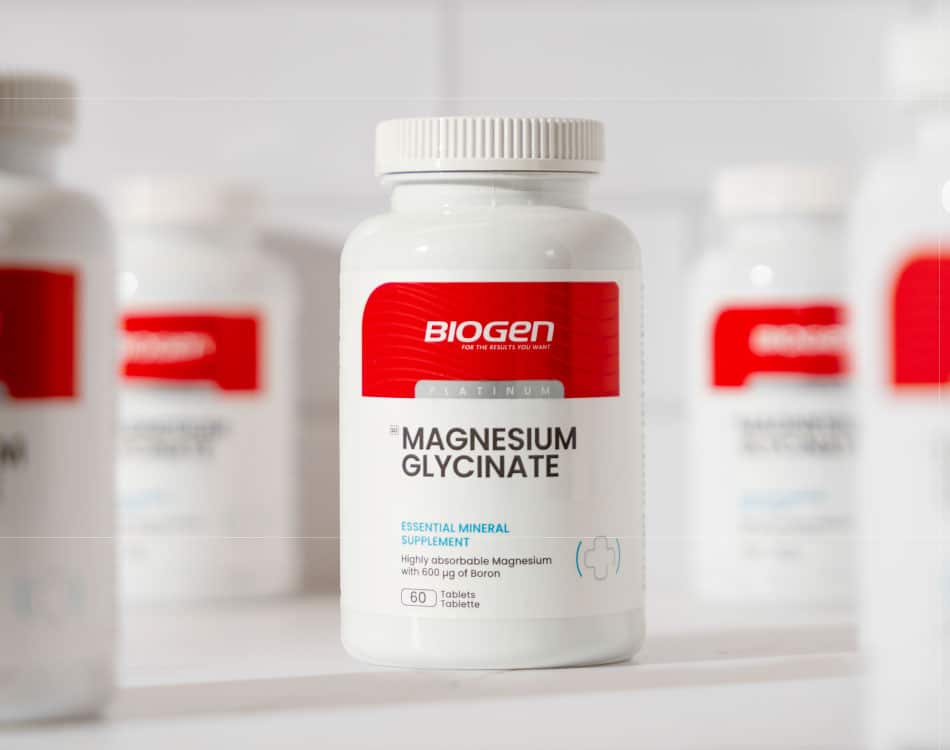Our hip flexors are not very large muscles compared to our powerful glutes, but they are still important muscles for fast and efficient running.
However, the hip flexors are also common troublemakers when it comes to niggles and injuries due to various factors.
Data on Physio-pedia.com estimates that hip flexor issues account for 5-28% of injuries among high-risk sport-specific groups, and runners definitely fall into this category.
READ MORE | Fix Your Running Form With These Tips
What are hip flexors?
As the name suggests, the hip flexors are a group of muscles that work together to flex the hip complex, the functional action that moves your knee up towards your abdomen.
These muscles include the psoas (major and minor) and the iliacus – the strongest hip flexors that are collectively called the iliopsoas.
The psoas connects your thigh bone (femur) to your spine and runs through the pelvis. In addition to hip flexion, it also plays a major role in spinal stabilisation and balance. Your iliacus muscle runs from your pelvis to your femur and lifts and rotates your femur.
But these aren’t the only hip flexor muscles. Others include the rectus femoris and sartorius muscles, which attach the pelvis to the knee, and the pectineus (groin) muscle, which is involved in thigh rotation and adduction.
The tensor fasciae latae muscles also play a role in hip flexion, but it is not typically considered a primary hip flexor because it supports multiple actions.
READ MORE | Understand The Psoas Muscle For More Powerful Movement And Better Performance
Hip flexion explained
Your hip flexors play a crucial role (along with other muscles such as the glutes, hamstrings, and core) in initiating and powering your legs forward by bringing the femur upwards towards your torso, which is a core component of your running gait cycle, known as the knee drive or swing phase.
As the hip flexors contract, it creates flexion at the hip joint, pulling the leg forward and initiating its swing.
Hip flexors, like the sartorius, also fulfil a secondary role. By contributing to hip abduction, these muscles move the leg slightly away from the midline of the body, which creates better clearance for the leg swing and optimises stride width.
In addition, the iliopsoas provides some stability throughout the swing phase, helping to control the hip joint and prevent excessive rotation.
READ MORE | Put Your Best Running Foot Forward
Tight hip flexors
Tight hip flexors are common, especially among those who work desk jobs, as sitting all day keeps these muscles in a constant state of contraction.
Spending prolonged periods in this position shortens and tightens your hip flexors, and the longer the hip flexors remain in a shortened or contracted position, the tighter they become.
Over time, this can result in adaptive shortening, where the muscle fibres themselves shorten. When this happens, it becomes harder for your hip flexors to fully lengthen during hip extension, leading to feelings of tightness, limited movement and possibly pain or discomfort. Among runners, high-mileage training can lead to hip flexor tightness due to overuse.
Tight hip flexors reduce movement efficiency, and can result in compensatory patterns that affect other muscles. For instance, tight hip flexors also cause tightness in the lower back, which is associated with weakness in the deep abdominal muscles and the glutes.
Possible signs of tight hip flexors include:
- Tightness in your hips and lower back, especially while standing.
- A shortened stride while running.
- Reduced range of motion.
- Neck tightness and pain.
- Pain in the glutes.
- Poor posture.
Weak hip flexors
People who lead sedentary lifestyles and don’t move or exercise much tend to experience hip flexor issues related to weakness caused by lack of use.
Without regular engagement, your hip flexors do not need to actively contract, which can lead to decreased muscle firing and overall weakness.
Weak hip flexors force other muscles to compensate, resulting in decreased movement efficiency that can lead to the early onset of fatigue during runs.
The biomechanical imbalances that result from weak hip flexors also increase your injury risk, especially when you increase training volume or intensity.
Possible signs of weak hip flexors include:
- Tightness and stiffness in your hips, especially after exercise.
- Difficulty with activities like lunges, climbing stairs, standing up from sitting.
- Pain in your hip flexors when climbing stairs, running or walking.
- Stiffness and pain in other muscles, including your glutes, core and thighs.
- Stretching and mobility work fail to provide relief.
- Reduced power and speed while running, especially during the push-off phase.
- Reduced range of motion.
- Poor posture.
While it’s easy to mistake weak hip flexors for tight muscles, many people typically experience both weakness and tightness, especially as weak muscles are more prone to tightness and stiffness.
READ MORE | Become A Better Runner Without More Running
Additional risks to runners
The muscle imbalances that accompany weak and tight hip flexors can lead to joint dysfunction, particularly in the lower back and sacroiliac (SI) and hip joints, which can cause postural changes, such as an anterior pelvic tilt, increased lumbar lordosis, lateral lumbar shift, lateral leg rotation, hip extension limitations and knee hyperextension.
These postural changes can increase your risk of knee, hip and lower back injuries, including Achilles tendon degeneration, hip bursitis, and hamstring strains. Other potential consequences of tight hip flexors include lower back pain and limited mobility and range of motion.
READ MORE | Time For Endurance Athletes To Focus On Often Neglected Areas
Telling the difference
You can determine whether you have tight or weak hip flexors with simple movement tests like lunge stretches or standing knee pulls.
Tightness will limit your ability to fully extend your hip, whereas weakness will make it difficult to control the movement or maintain proper form.
Test for tightness: You can also perform a simple test to evaluate tightness in your hip flexors.
- Lie on your back on a table or bench.
- Pull one knee up toward your chest and hold it there. Let the other leg relax downward over the edge of the table or bench.
- If your hip flexors are fine, you should be able to fully extend the thigh of the hanging leg so that it is parallel to the floor and bend the knee to 90 degrees without the thigh rising.
- Repeat on both sides. Any difficulty with these movements indicates tight hip flexor muscles.
Consulting with a physiotherapist, biokineticist or healthcare professional is ultimately the best option to get a definitive diagnosis and guidance on correcting your issue.
Corrective measures
Most people could benefit from a combined approach that addresses hip flexor tightness and weakness. This requires stretches that isolate the hip flexor and strengthening exercises that target the hip flexors, core and glutes.
Improve hip mobility and flexibility: Perform short, targeted hip flexor stretches or mobility drills throughout the day, particularly first thing in the morning and before and after training. Yoga, foam rolling, and regular massage can also assist.
Beneficial hip flexor stretches include:
- World’s greatest stretch (lunge with a spinal twist)
- Kneeling hip flexor stretch
- ½ kneeling couch stretch
Additional steps to potentially prevent and alleviate tight hip flexors include:
- Reduce sitting time: Take frequent breaks to stand up and move around to engage your hip flexors.
- Stretch regularly: Perform stretches that target your hip flexors, like kneeling lunges and knee pulls during periods when you typically sit, like when watching TV.
Strengthen your hip flexors: Various exercises that can improve hip flexor strength. These include:
- Lunges
- Split squats
- Step-ups
- Romanian deadlifts
- Leg raises (lying, seated and hanging)
- Hip bridges

Benefits of strong, mobile hip flexors
Strong and mobile hip flexors that function optimally improve running performance in two important ways:
- Stronger hip flexion supports a more powerful leg swing, resulting in a longer stride and potentially increases running speed.
- Optimal hip flexor function helps maintain efficient biomechanics while running, reducing energy expenditure, improving running economy, and preventing unnecessary strain and compensation on other muscles, which reduces your injury risk.


